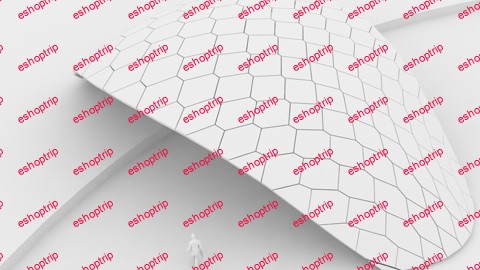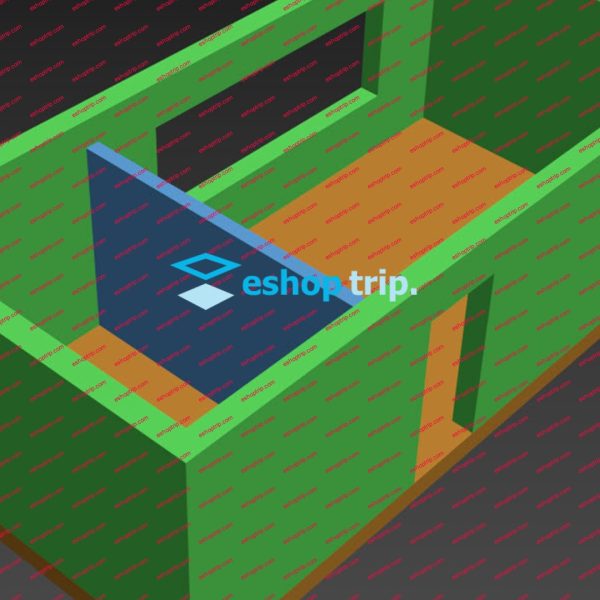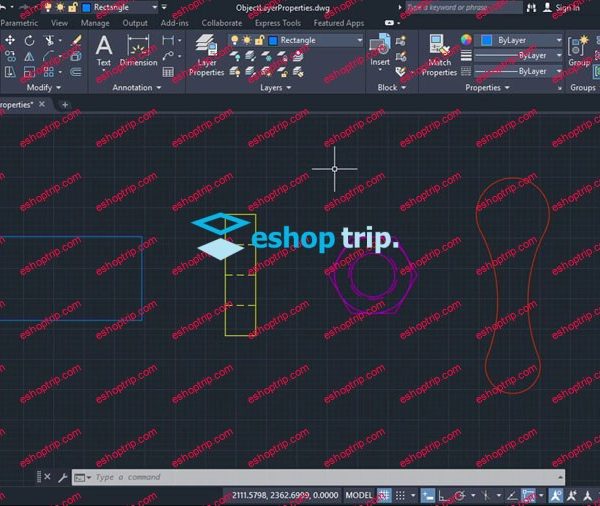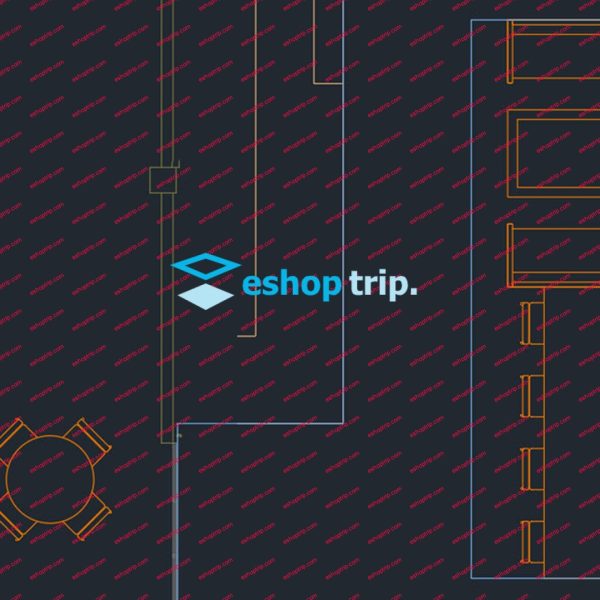MP4 | Video: h264, 1280×720 | Audio: AAC, 44.1 KHz
Language: English | Size: 3 GB | Duration: 3h 43m
In this course, you’ll learn how to apply Machine Learning techniques to sort a set of facade panels into families for standardization purposes.
What you’ll learn
Description
About
We’re going to design and rationalize the facade of the Soumaya Museum in Mexico. Opened in 2011 and one of the most visited museums in Mexico. Gehry Technologies did the whole facade design to fabrication process and we’re going to look into some of the techniques they used to populate and standardize the panels.
In the first part of the course we’ll design the facade and populate it with panels. We’re going to use a variety of tools which include Lunchbox for the panel generation and Kangaroo, a physics engine plugin for Grasshopper, to populate the facade and standardize the panels.
The second part and main part of the course will focus on clustering our panels using Machine Learning. We’ll first look at some example exercises to explain what clustering algorithm we’re going to use, how it works, and why we’ll use it. When we’ve understood the workflow and how the algorithm will cluster our dataset, we’ll move to our facade and extract the necessary information from our panels to feed into the algorithm.
In the last part we’ll analyze the various groups of panels created by the algorithm to see the variation of the panels. Based on that we’ll create a standardized panel per group and repopulate the facade. In the last step we’ll analyze our standardized facade and optimize the distances between the panels.
Take Aways:Learn about the different Machine Learning methods and there applications
Use Rhinoceros 3d to design and create the basic facade shape
Use Grasshopper for the population of the facade with panels
Use Kangaroo to relax the panels on the facade to get them to have similar shapes
Use Grasshopper to organize the panels
Use the Grasshopper Lunchbox plugin to cluster and standardize the panels with the help of Machine Learning
Use the evolutioanry solver Galapagos to optimize the family types of panels
Overview
Lecture 1 Introduction and creating the basic facade shape
Lecture 2 Populating the facade with hexagonal panels using Lunchbox
Lecture 3 Hexagon creation method explained using sphere-packing
Lecture 4 Creating similar shaped hexagons using Kangaroo – part 1
Lecture 5 Creating similar shaped hexagons using Kangaroo – part 2
Lecture 6 Implementing our Kangaroo forces onto our facade – part 1
Lecture 7 Implementing our Kangaroo forces onto our facade – part 2
Lecture 8 Running the simulation in Kangaroo and baking our facade geometry to Rhino
Lecture 9 Trimming the panels near the edges of the facade
Lecture 10 Machine Learning and Supervised/Unsupervised learning explained
Lecture 11 Our clustering method explained: Gaussian Mixture Model
Lecture 12 Clustering some simple triangular shapes using the Gaussian Mixture Model
Lecture 13 Implementing the clustering rules on our facade panels – part 1
Lecture 14 Implementing the clustering rules on our facade panels – part 2
Lecture 15 Refining our clustering method
Lecture 16 Standardizing our facade by generating one panel per group
Lecture 17 Standardizing the spacing between the panels
HOMEPAGE
https://anonymz.com/?https://www.udemy.comhttps://thinkparametric.com/courses/panel-clustering-using-machine-learning-soumaya-museum











Reviews
There are no reviews yet.